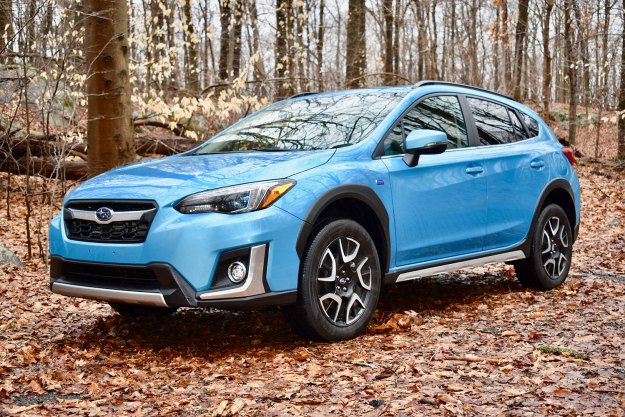From a ‘driver’s car’ standpoint, the Subaru WRX and its mental STI brother are hard to argue against. For under $35,000, you’ll be able to keep up with European sports cars that cost triple the money, with everyday usability and practicality than can give even the most experienced enthusiasts pause.
Where they lack, though, is in their refinement and technology offerings. They’ve made massive strides in recent years, but even the cheaper Volkswagen GTI has the WRX beaten in comfort by a significant margin.
For 2016, Subaru took a break from performance and styling to meet this challenge head on. The 268-horsepower WRX, which starts at $26,595, now offers a new, 6.2-inch ‘Starlink’ touchscreen system as standard. The 2015 model offered a 6.1-inch unit with Premium and Limited models only, and to be honest, it needed some work. We’re glad to see Subaru address that.

Buyers can upgrade to a 7.0-inch touchscreen if they wish, which is part of a $2,100 technology package. Also included with Premium and Limited trims, the infotainment unit bundles multi-touch gesture controls, SMS texting, iTunes tagging, and an extra USB port.
Another big addition to the WRX is the ‘EyeSight’ collision mitigation system, now available on the range-topping, $30,395 Limited version. You can only get it with the CVT though, and it comes alongside navigation, blind spot detection, lane change assist, rear cross-traffic alert as well as leather-trimmed upholstery and LED low-beams.
As for the 305-hp WRX STI, there are fewer changes. The entry-level, $34,695 rally car gains the same 6.2-inch touchscreen as the base WRX, and the $40,790 STI Limited similarly features a 7.0-inch unit.
Unique to the STI is a low-profile trunk spoiler that is now available as a no-cost option alongside the big boy racer wing. The car also equips blind spot detection and rear cross-traffic alert for 2016.
As far as the current model goes, we’ve gotten our hands on one. Stay tuned for our full review of the 2015 WRX Premium coming next week.
2016 models will arrive at Subaru dealerships this summer.
Editors' Recommendations
- Black Girls Code founder challenges tech CEOs to step up
- 2020 Subaru Crosstrek gets more tech and a slight price bump
- Fresh off a redesign, the 2020 Subaru Forester adds more safety tech
- Water-repellent fabric lets Subaru seats keep up with the people sitting on them
- LG’s got some cool dual-screen smartphone trickery up its sleeve for IFA 2019


